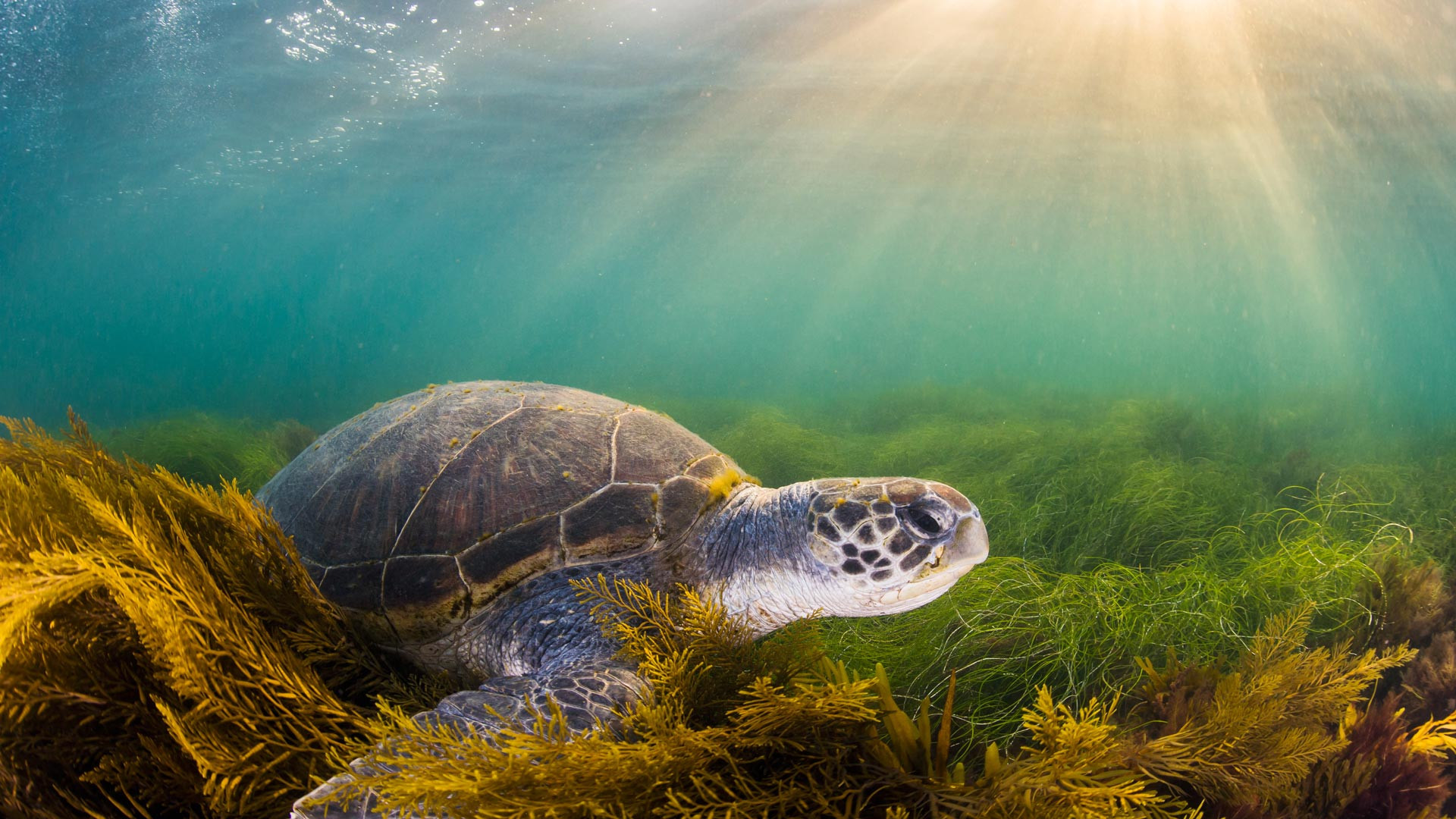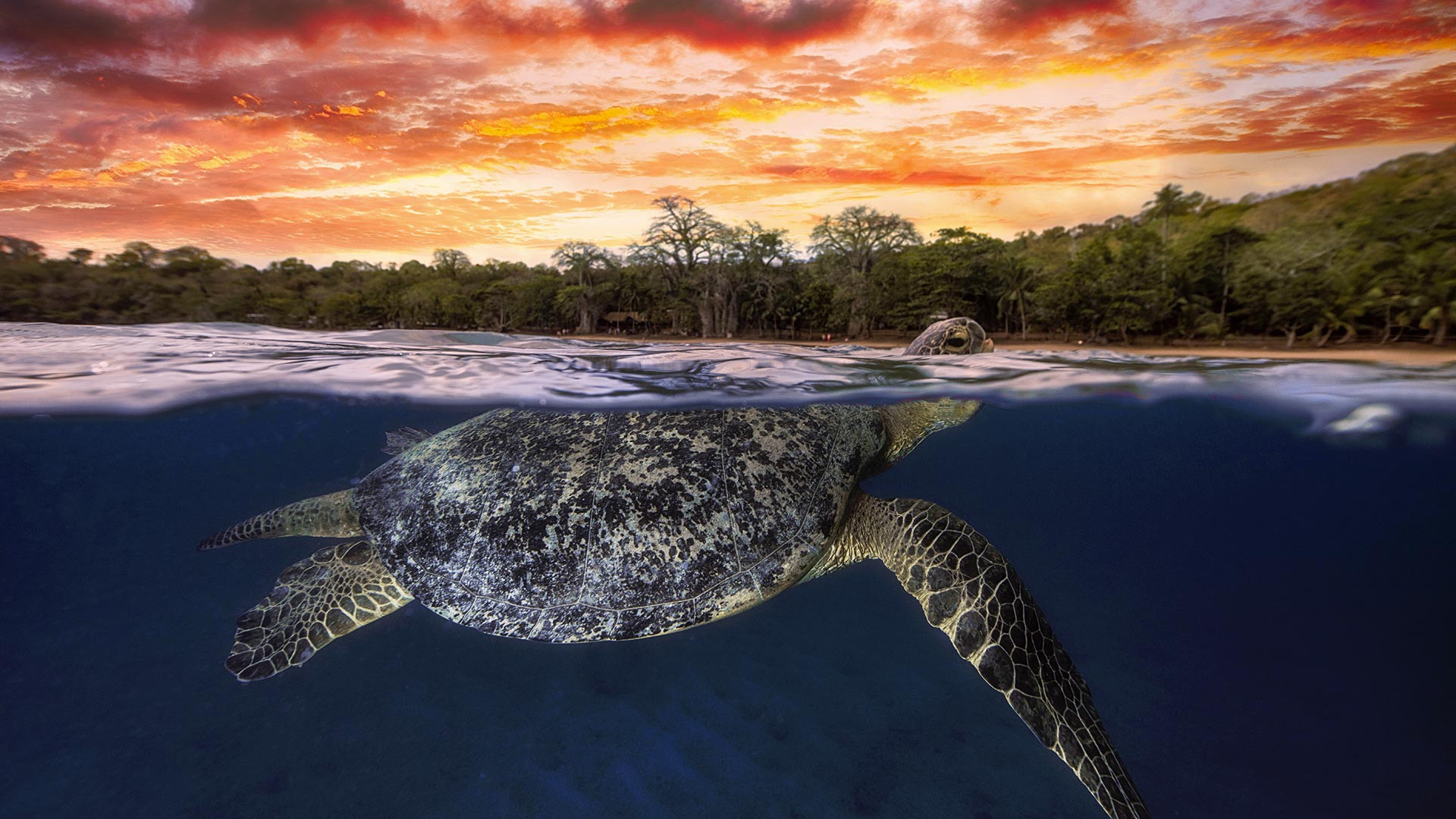Arctic hares hidden in the snow, thanks to their camouflage. (Click on image to view full size.)
See also related post: zafoid.com/post/view/4063
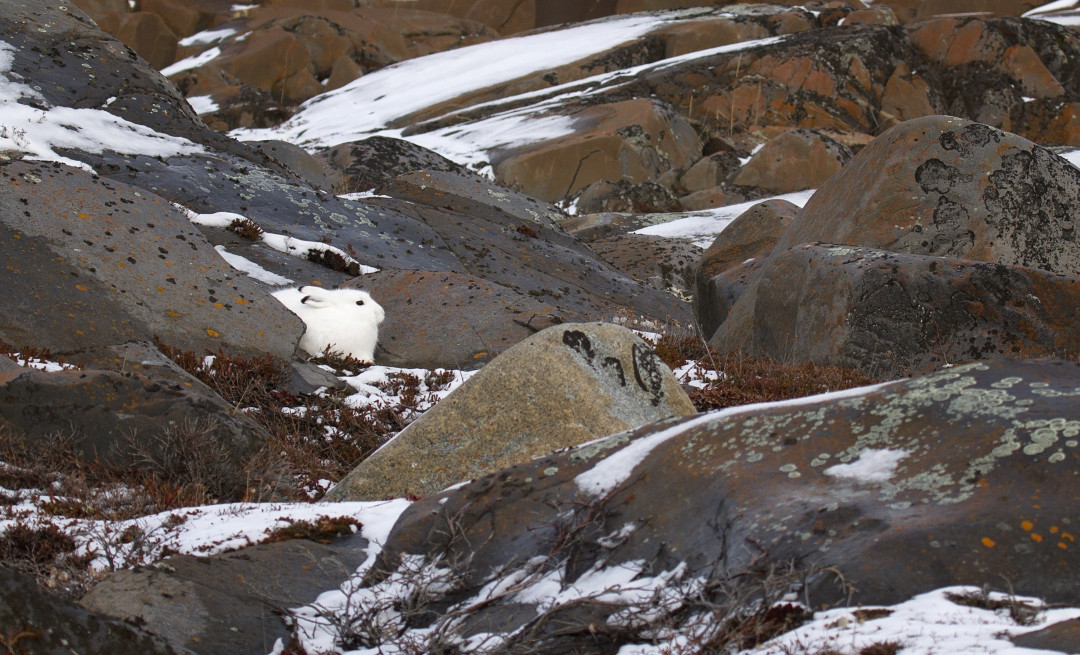
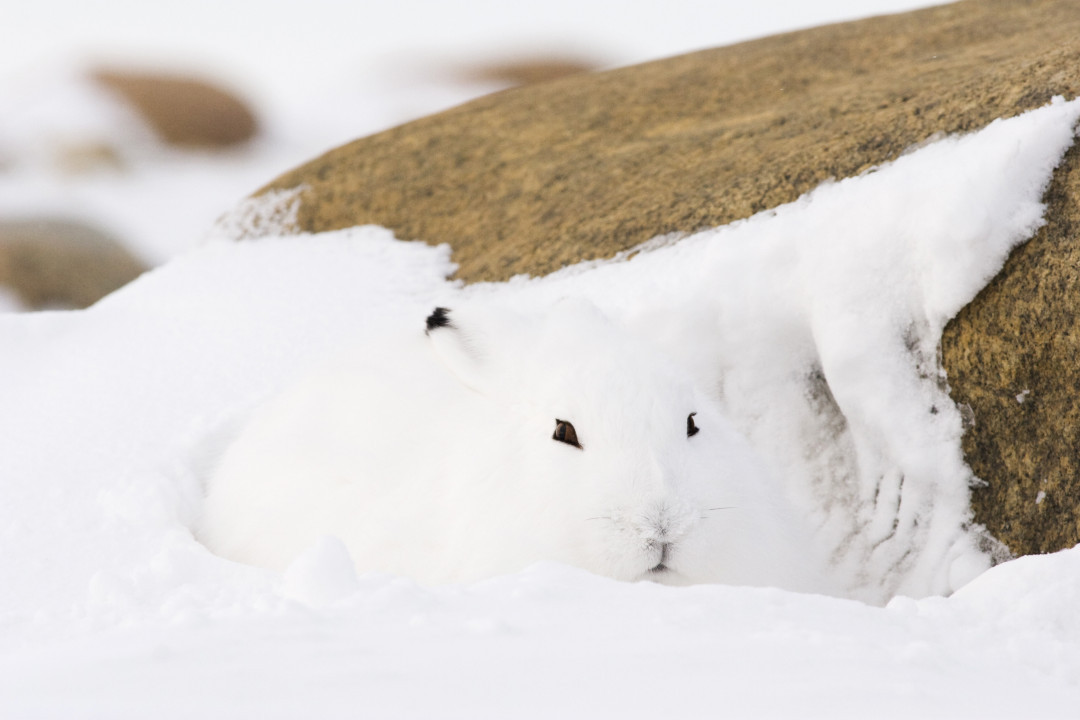
Arctic hares hidden in the snow, thanks to their camouflage. (Click on image to view full size.)
See also related post: zafoid.com/post/view/4063


Flamingos in flight. (Click on an image to view full size.)
Related post: zafoid.com/post/view/3176
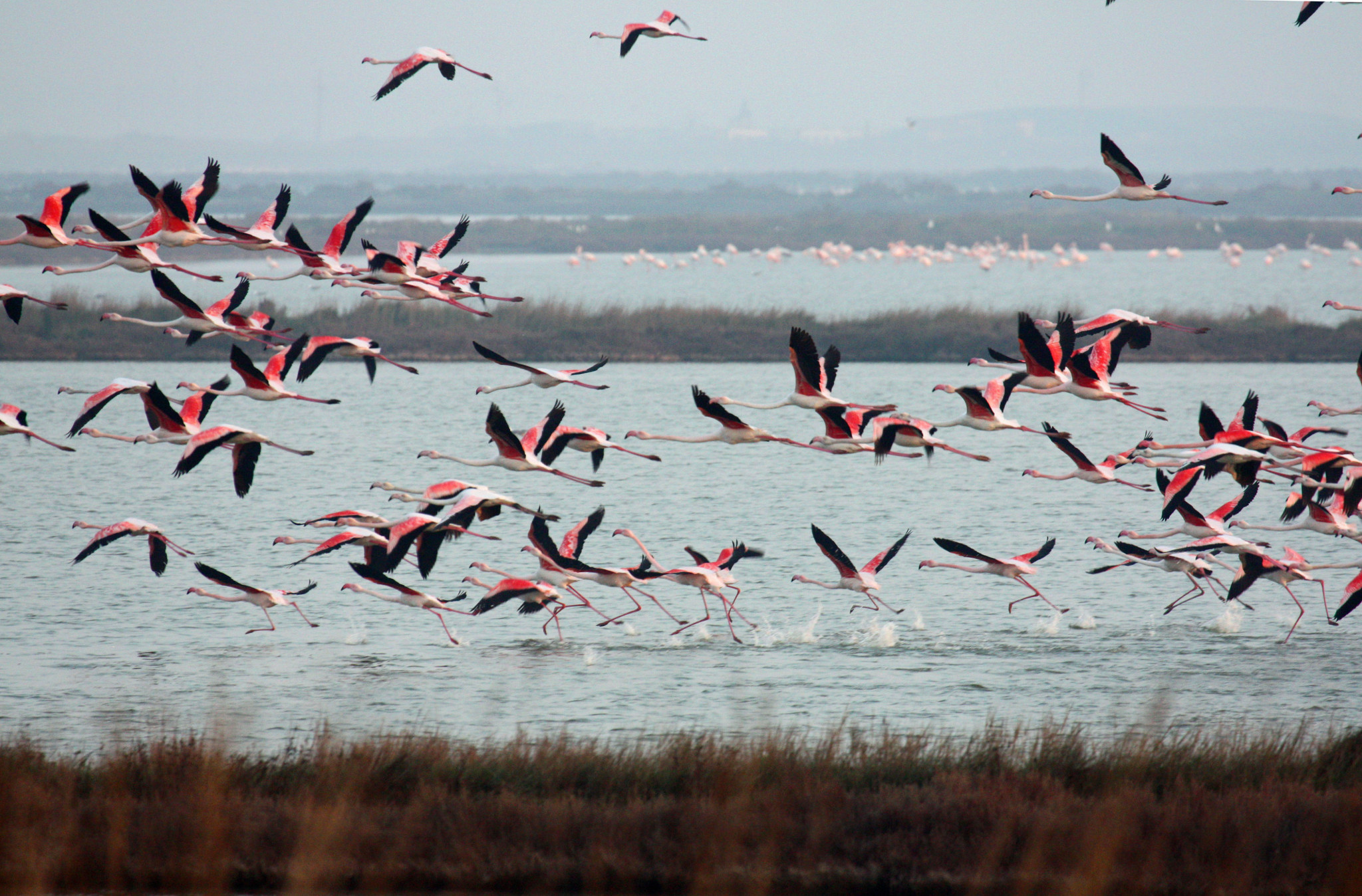
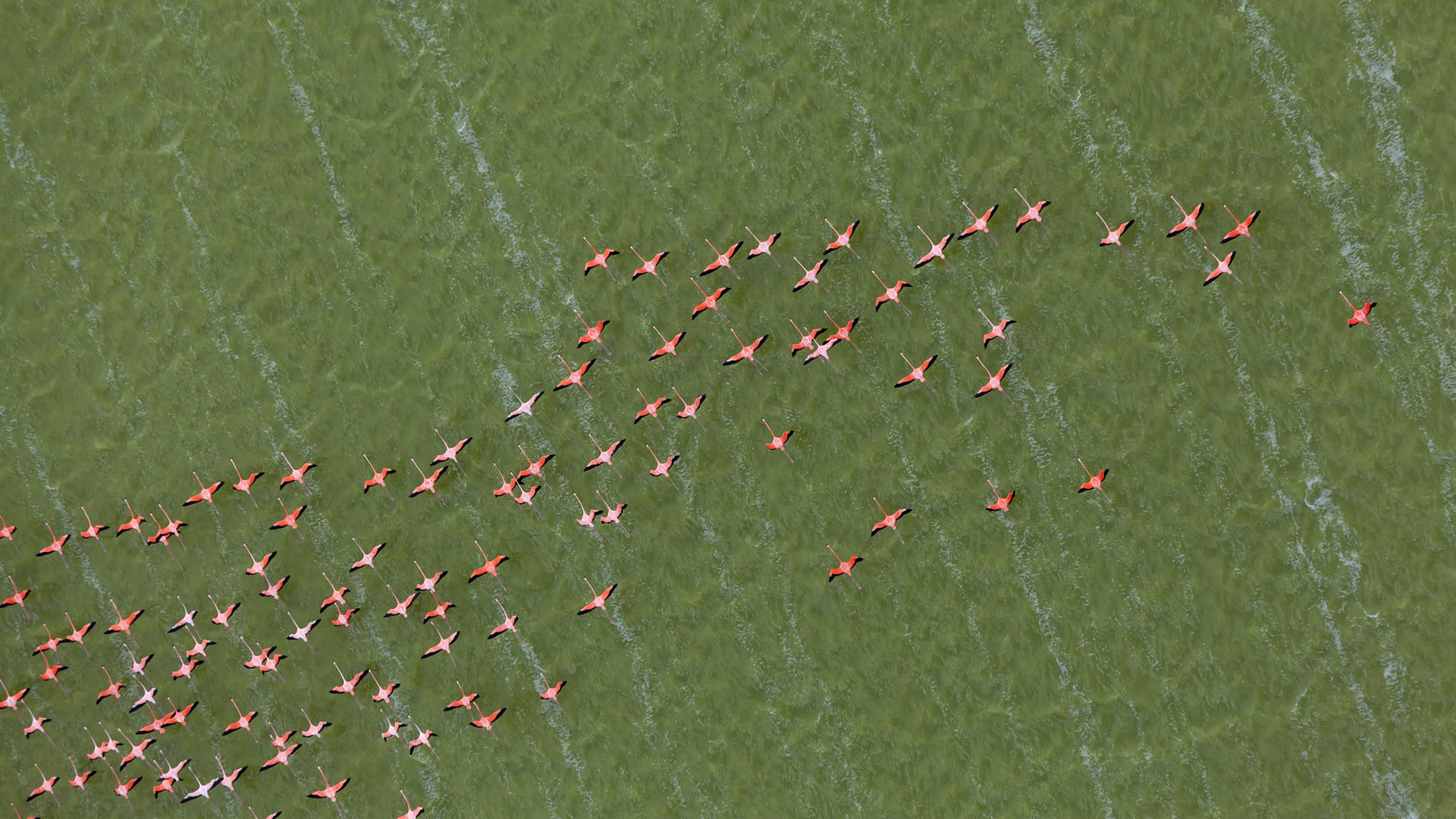
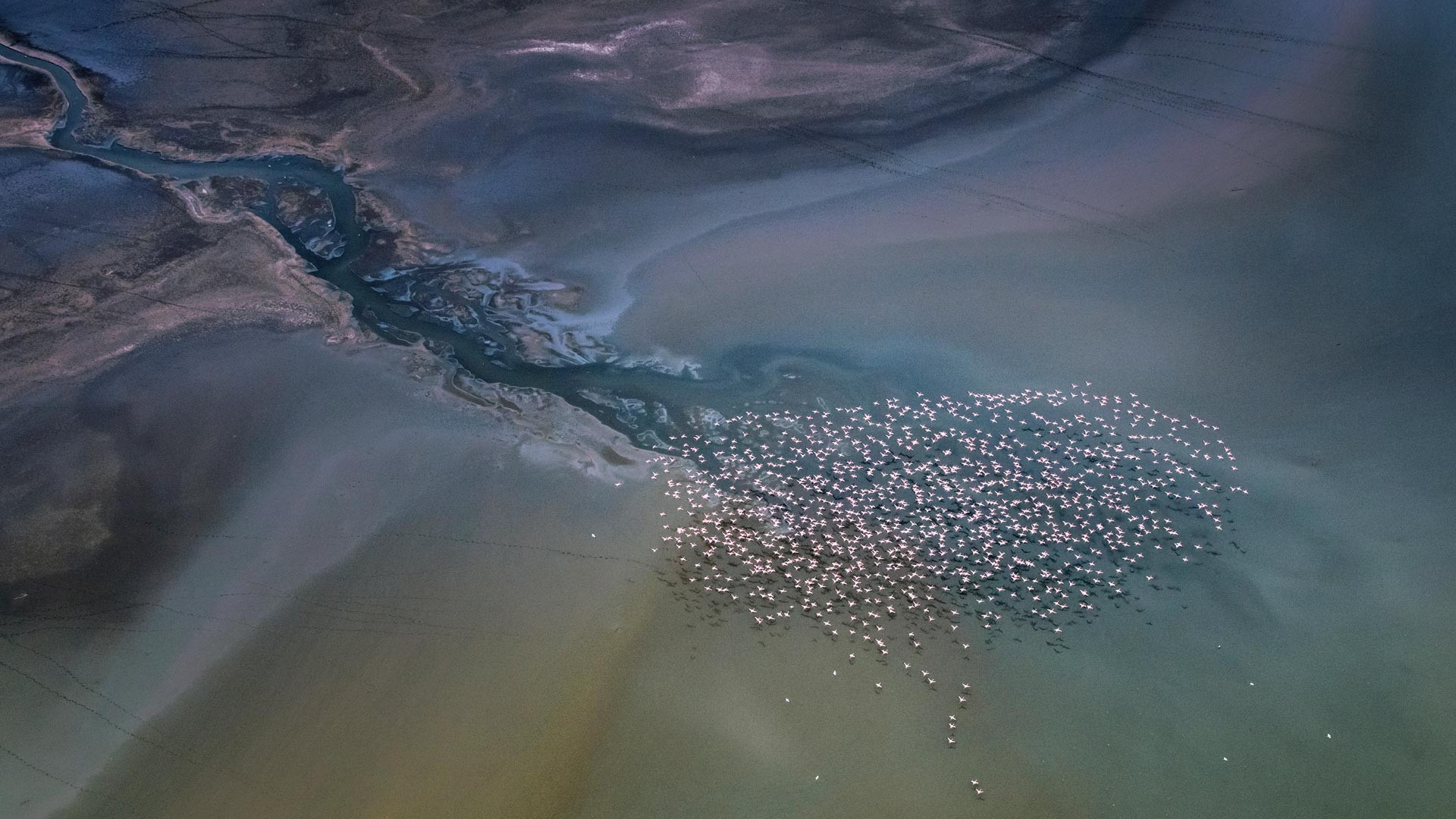

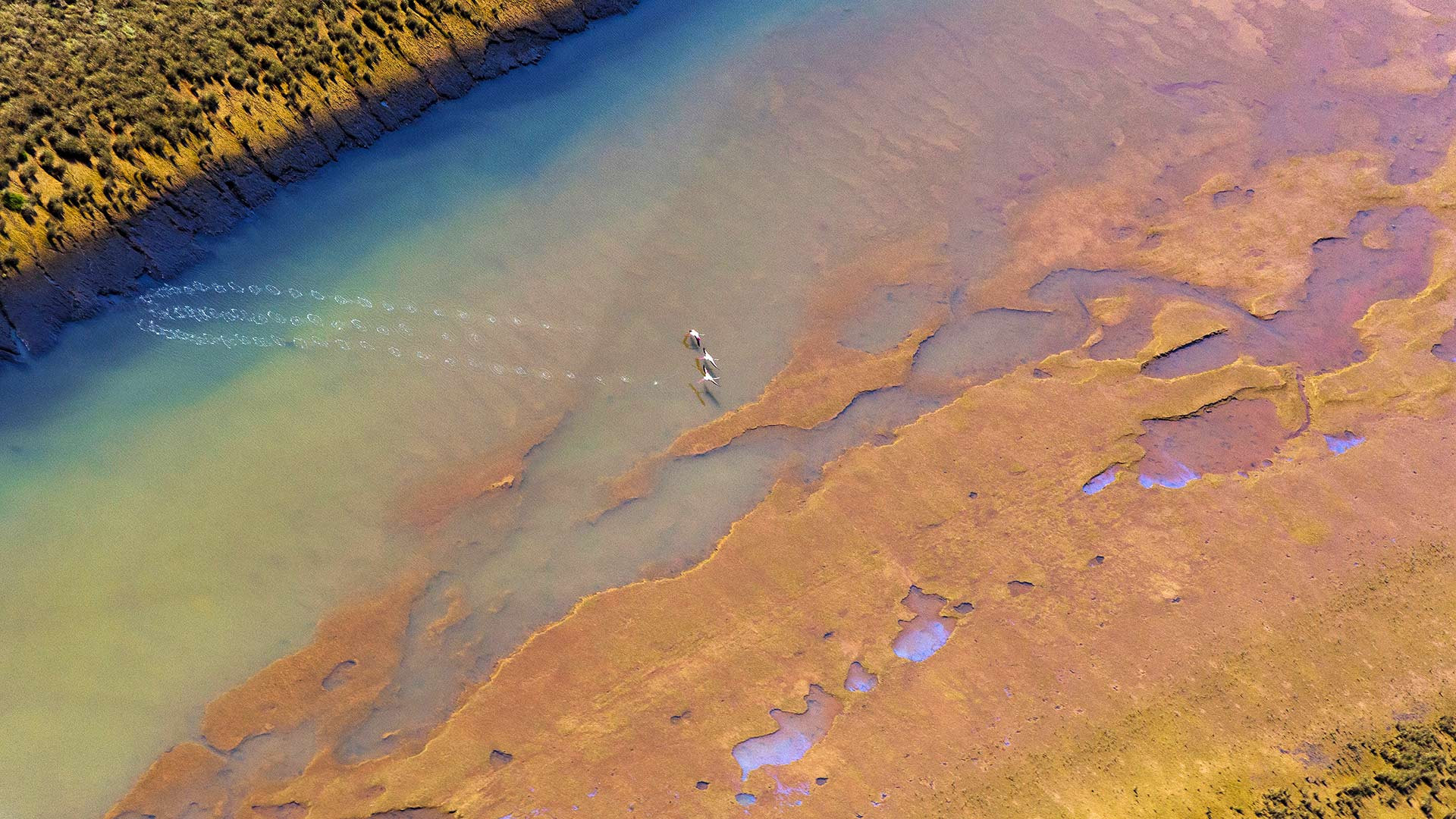
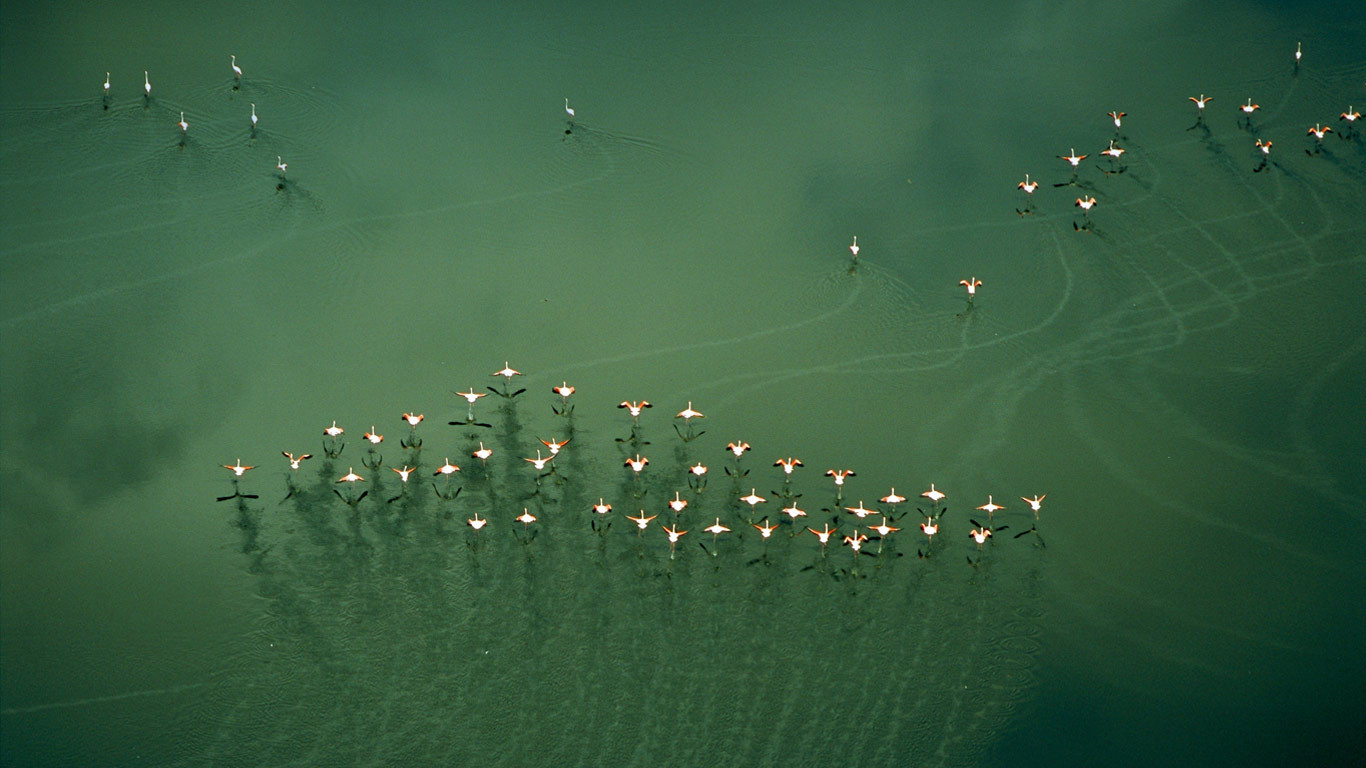
Grey seal pups resting on the sandy shores of Norfolk, in England. About 3,000 grey seal babies are born annually on Norfolk's shoreline between early November and January. (Click on image to view full size.)
Hereunder are other posts in this group related to seals:
zafoid.com/post/view/11577
zafoid.com/post/view/1761


Moths serve an important ecological role as pollinators for many flowering plants. Whilst most bee species pollinate during the day, most moth species pollinate during the night.
Hereunder are other posts in this group related to moths:
zafoid.com/post/view/11937
zafoid.com/post/view/1410
Wasps are another important, yet unsung, pollinator, as noted in one of earlier posts, namely: zafoid.com/post/view/1897
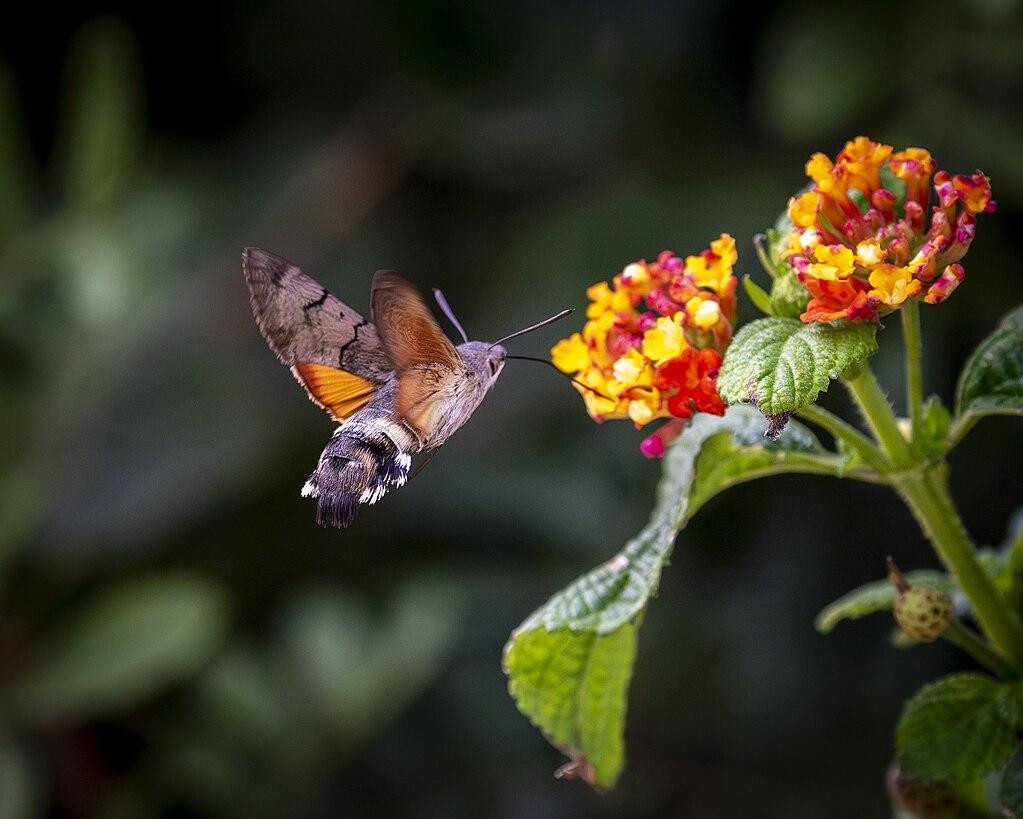


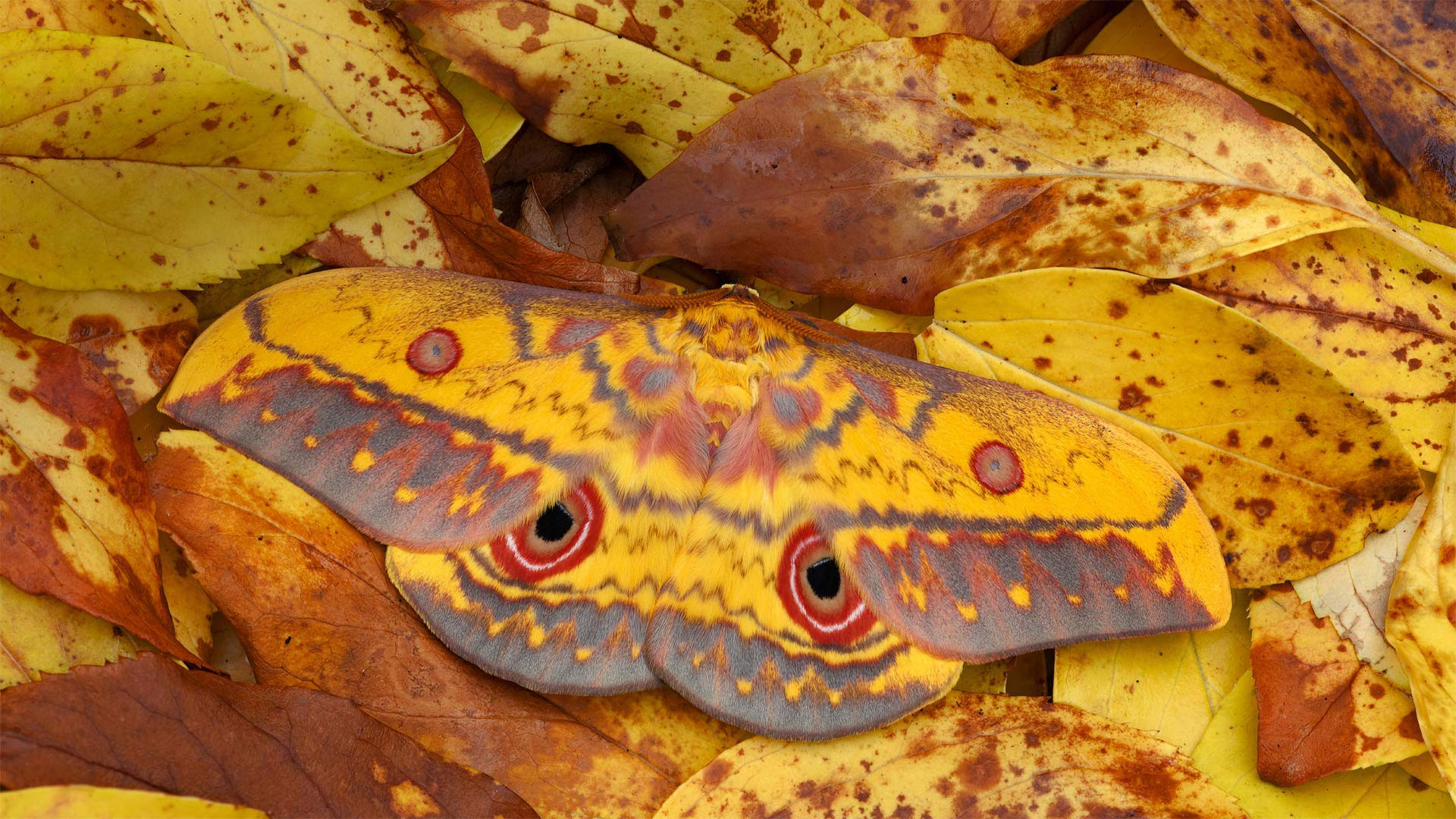
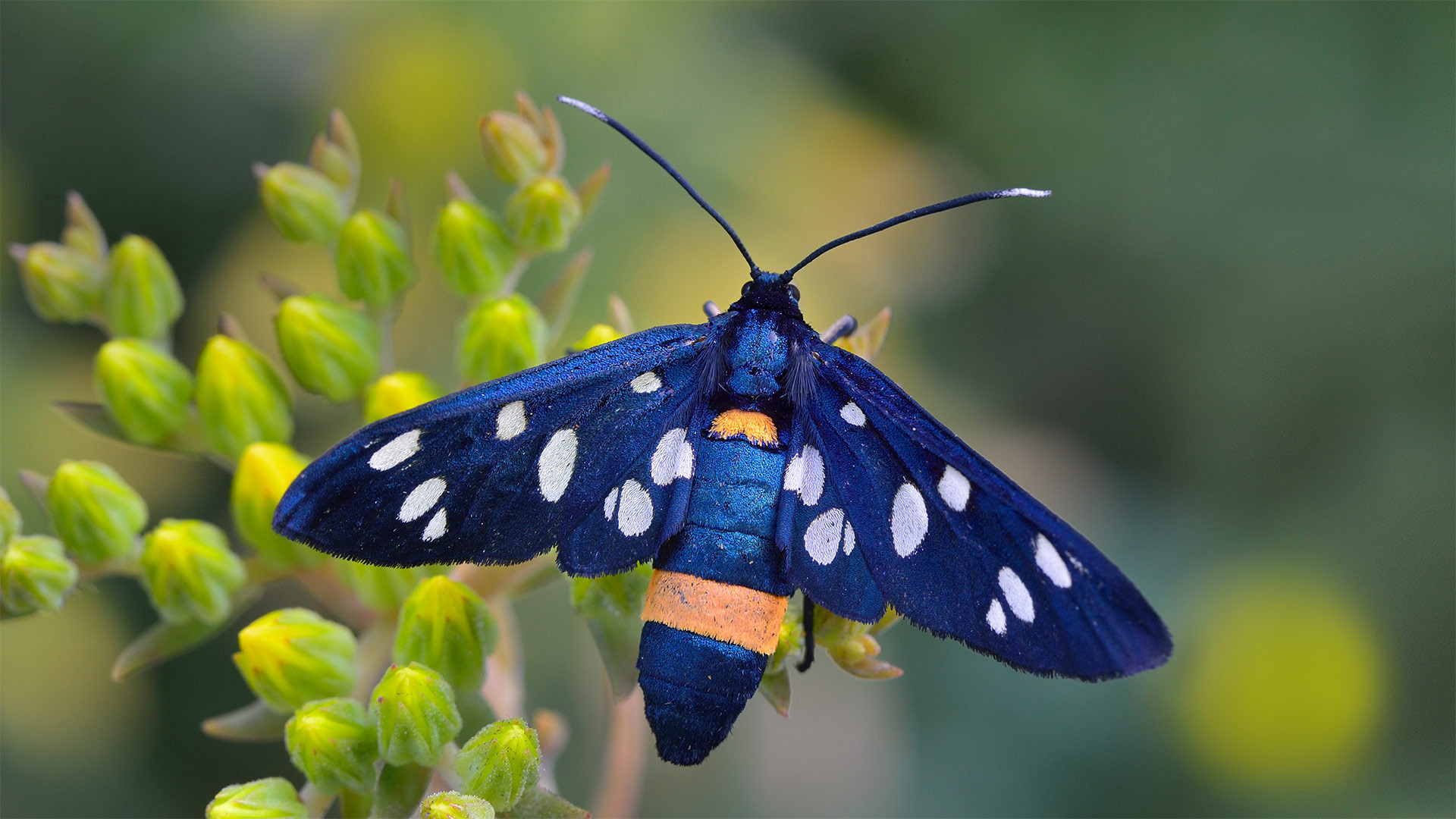
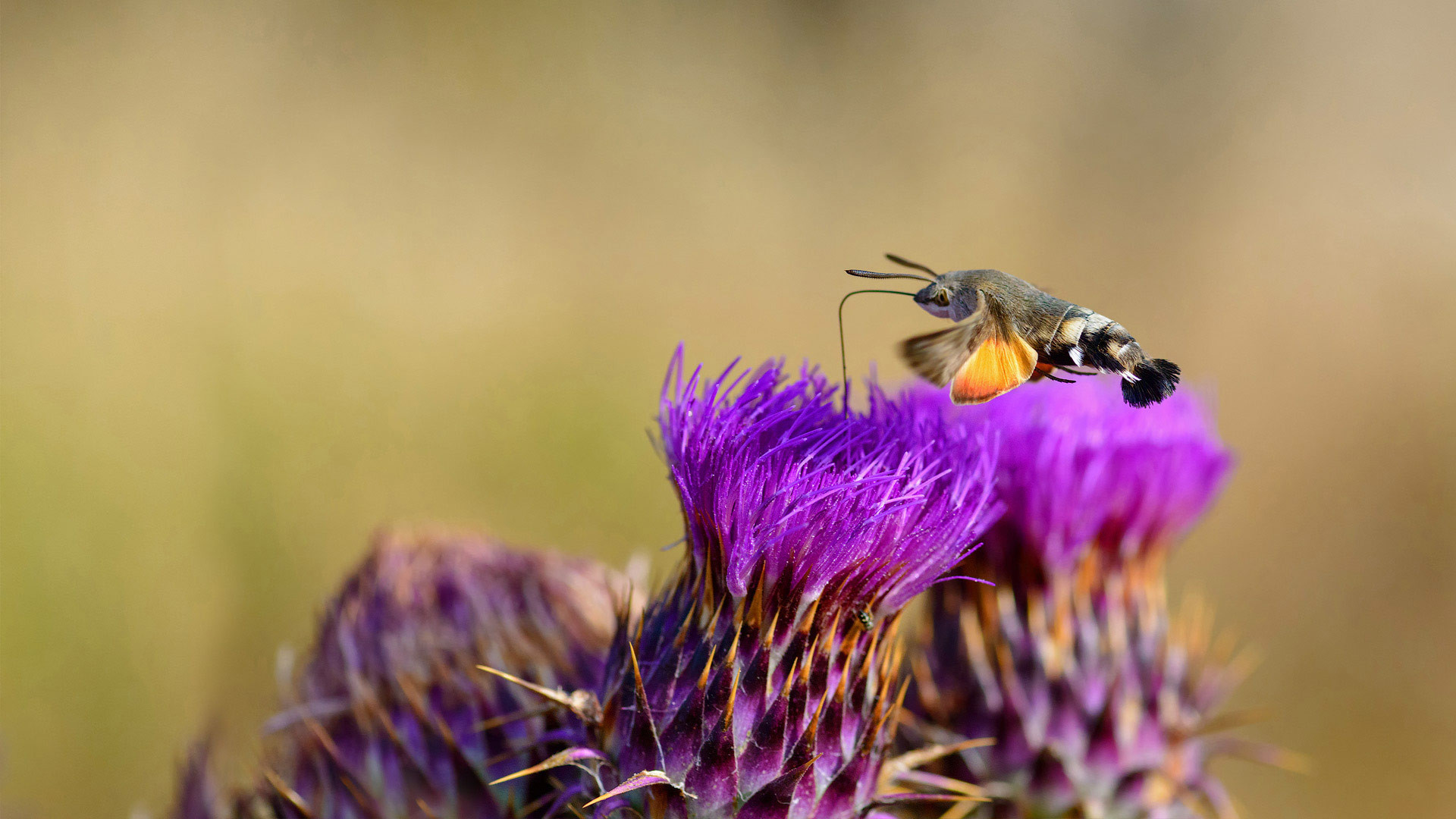
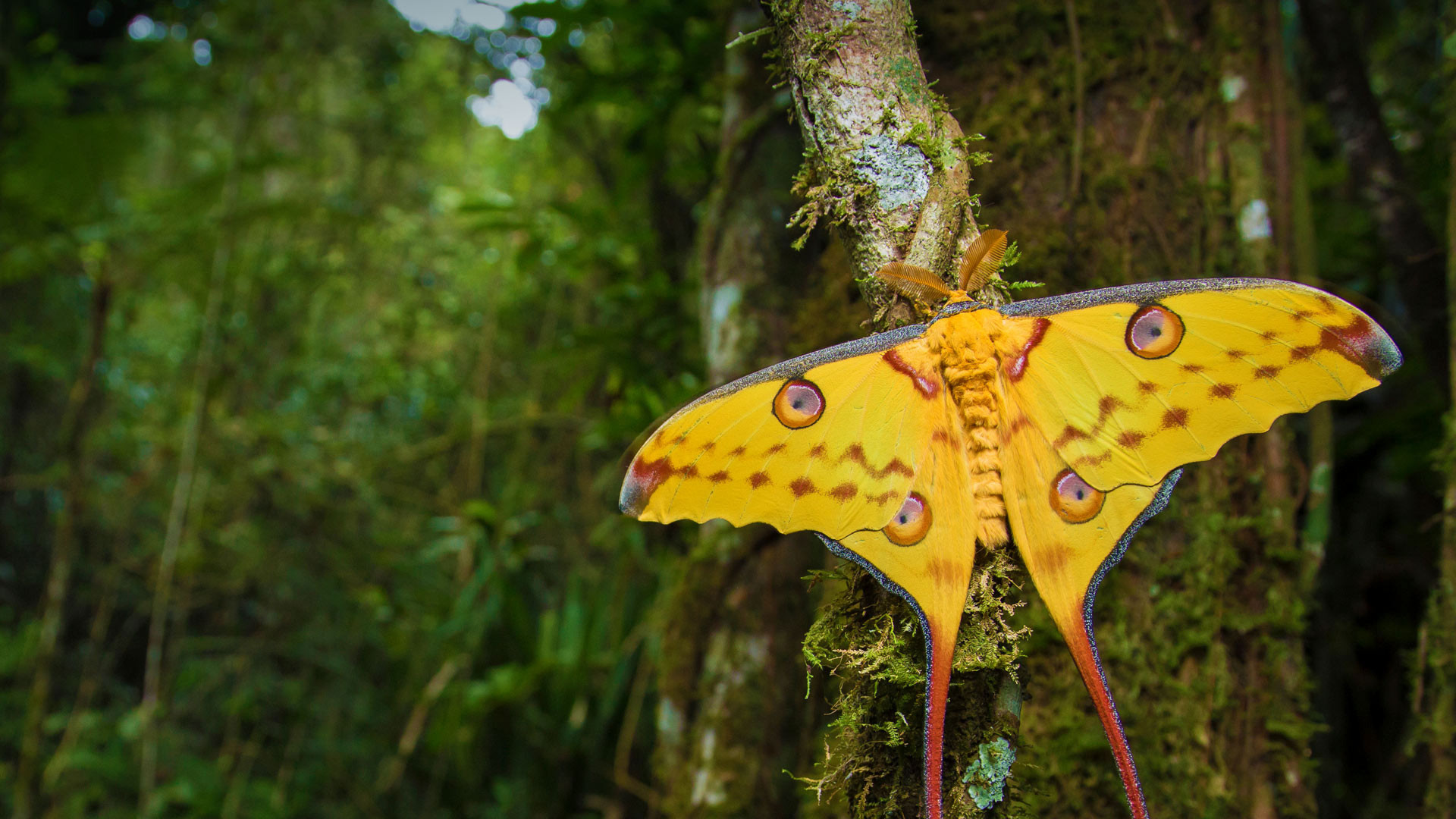
Red-crowned cranes (Grus japonensis) in Hokkaido, which is Japan's northernmost main island, and its coldest region.
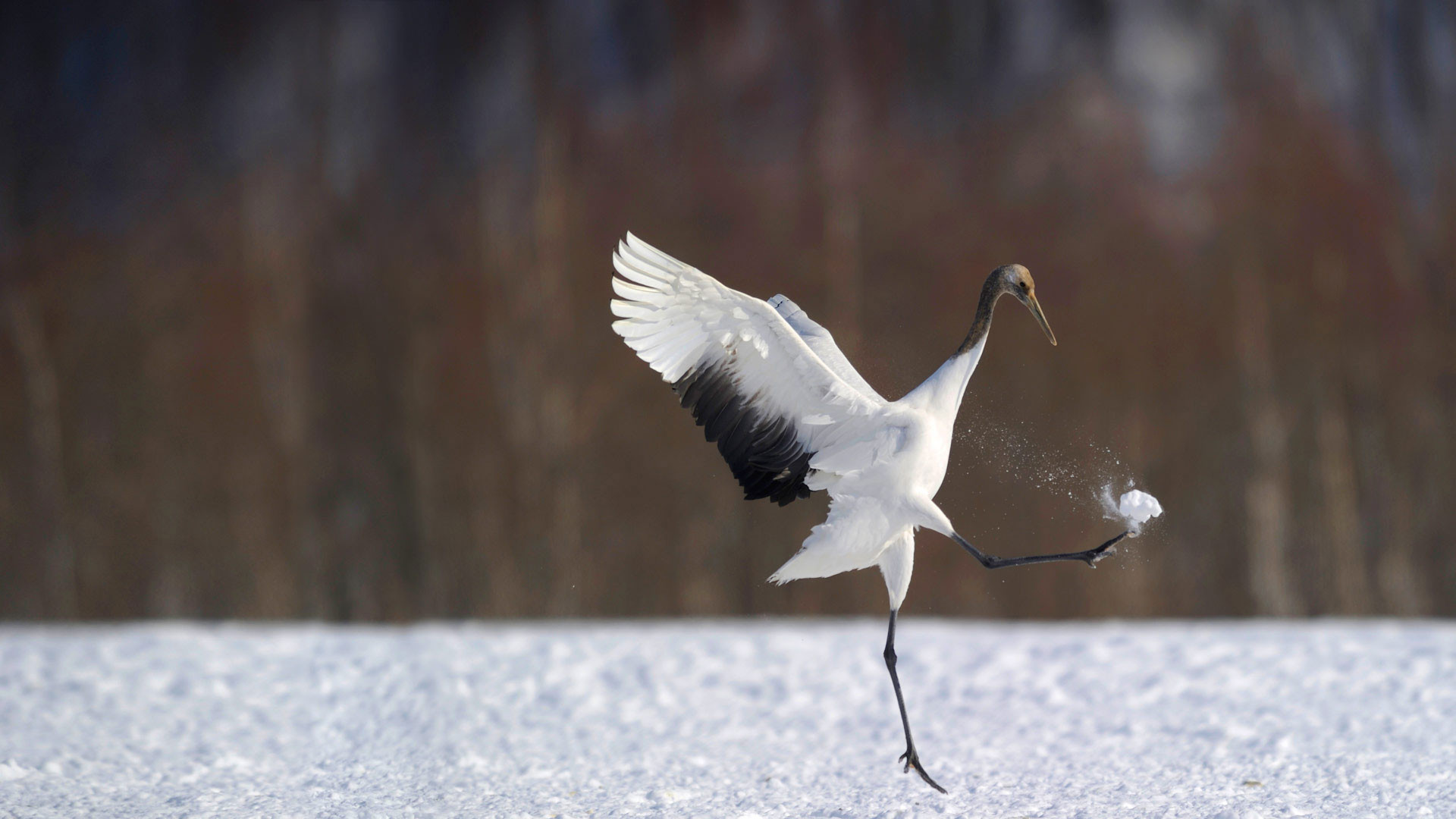
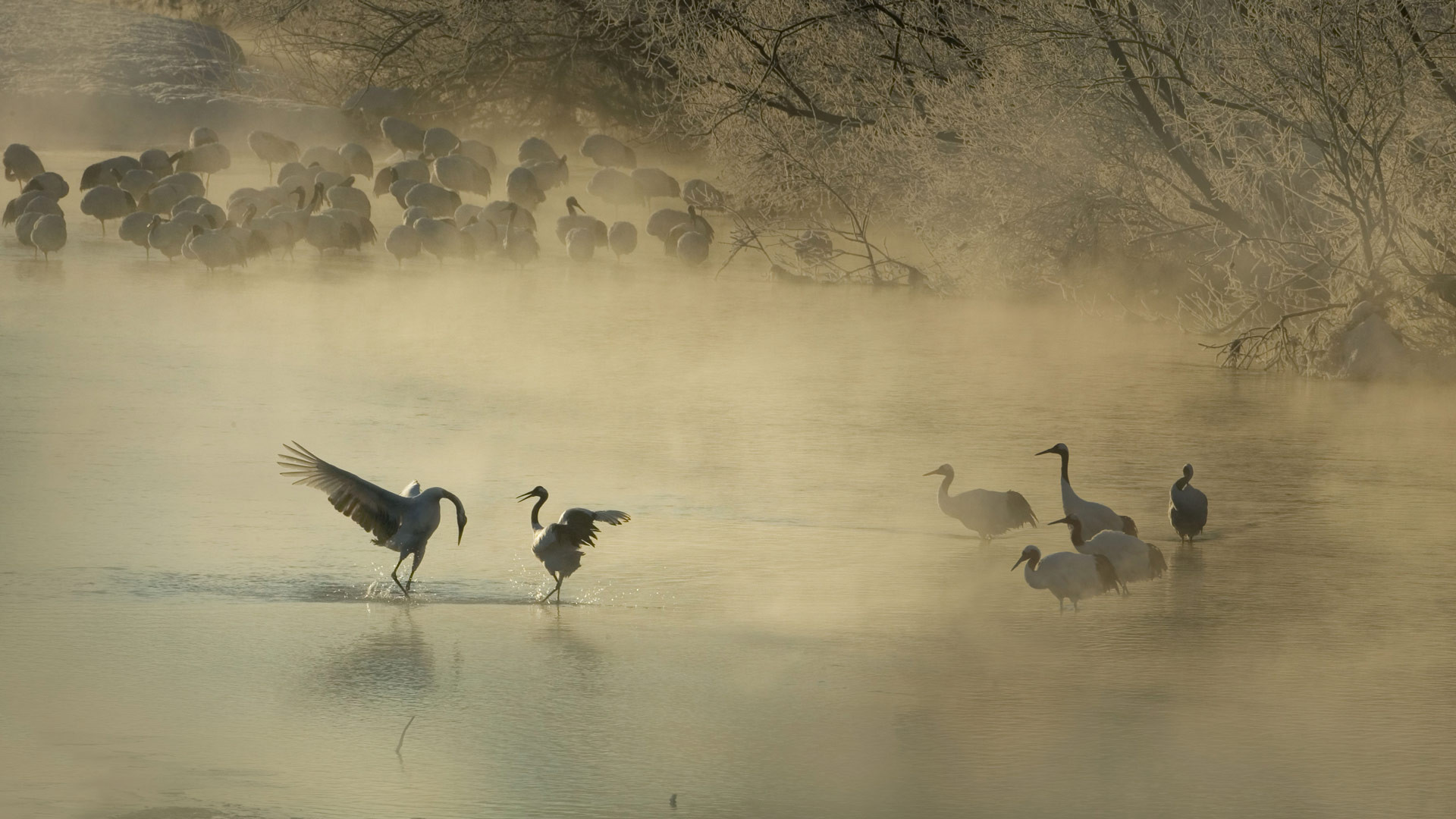
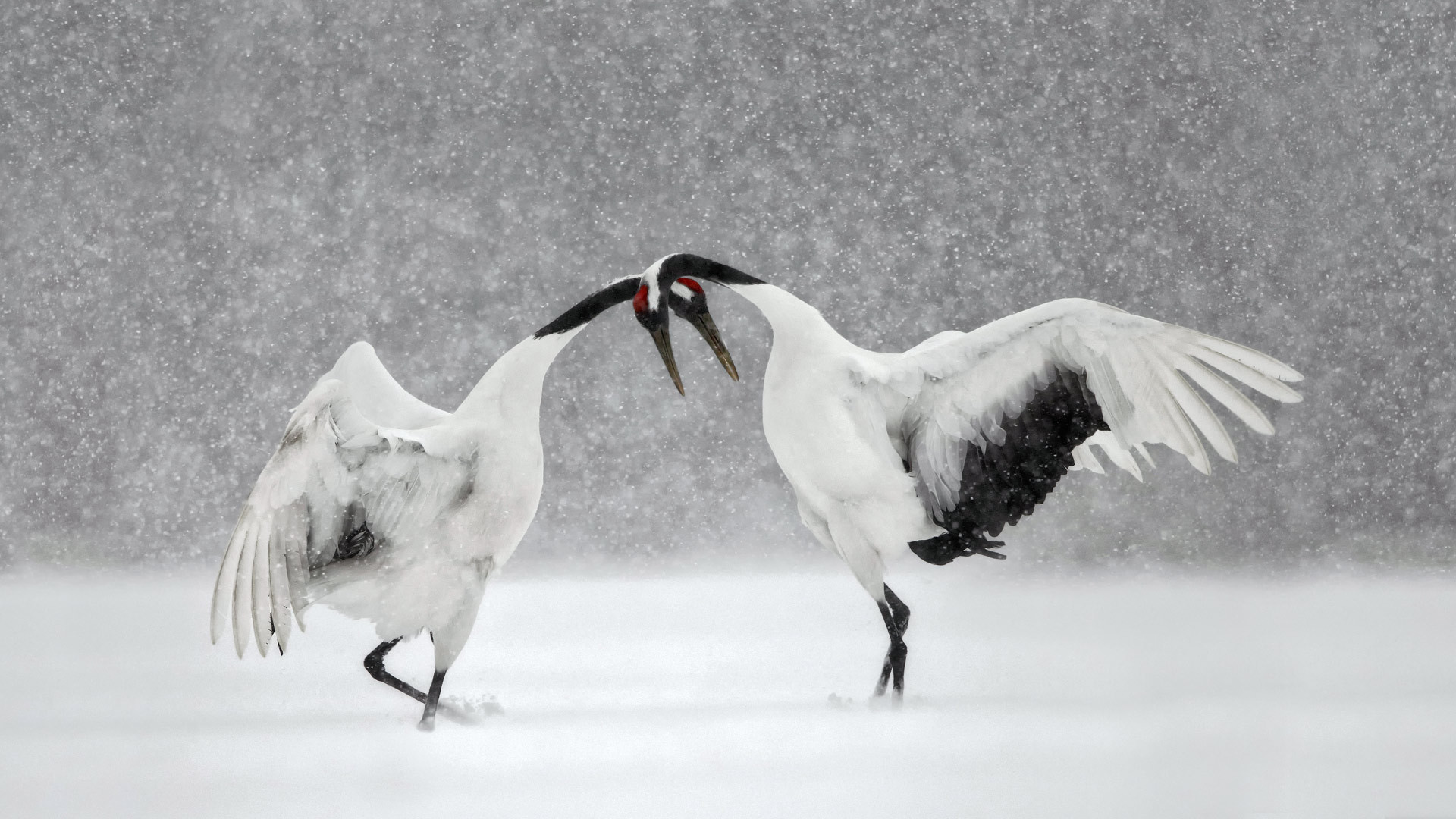

Leafcutter ants are fungus-growing ants that cut leaves from trees to carry them back to their nests so as to nourish their farm fungus. Next to humans, leafcutter ants form some of the largest and most complex animal societies on Earth.
The American bison is the largest land animal of the North American wild. These massive animals, which can weigh up to 900 kilograms and reach a height of 1.86 meters, roam in nomadic herds across North America's grasslands and river basins. In the past they numbered in the tens of millions, but were almost eradicated in the 19th century because of hunting, however preservation efforts have managed to bring them back.
There is nothing like ripe pumpkin to remind us of Halloween, and that we are in autumn.


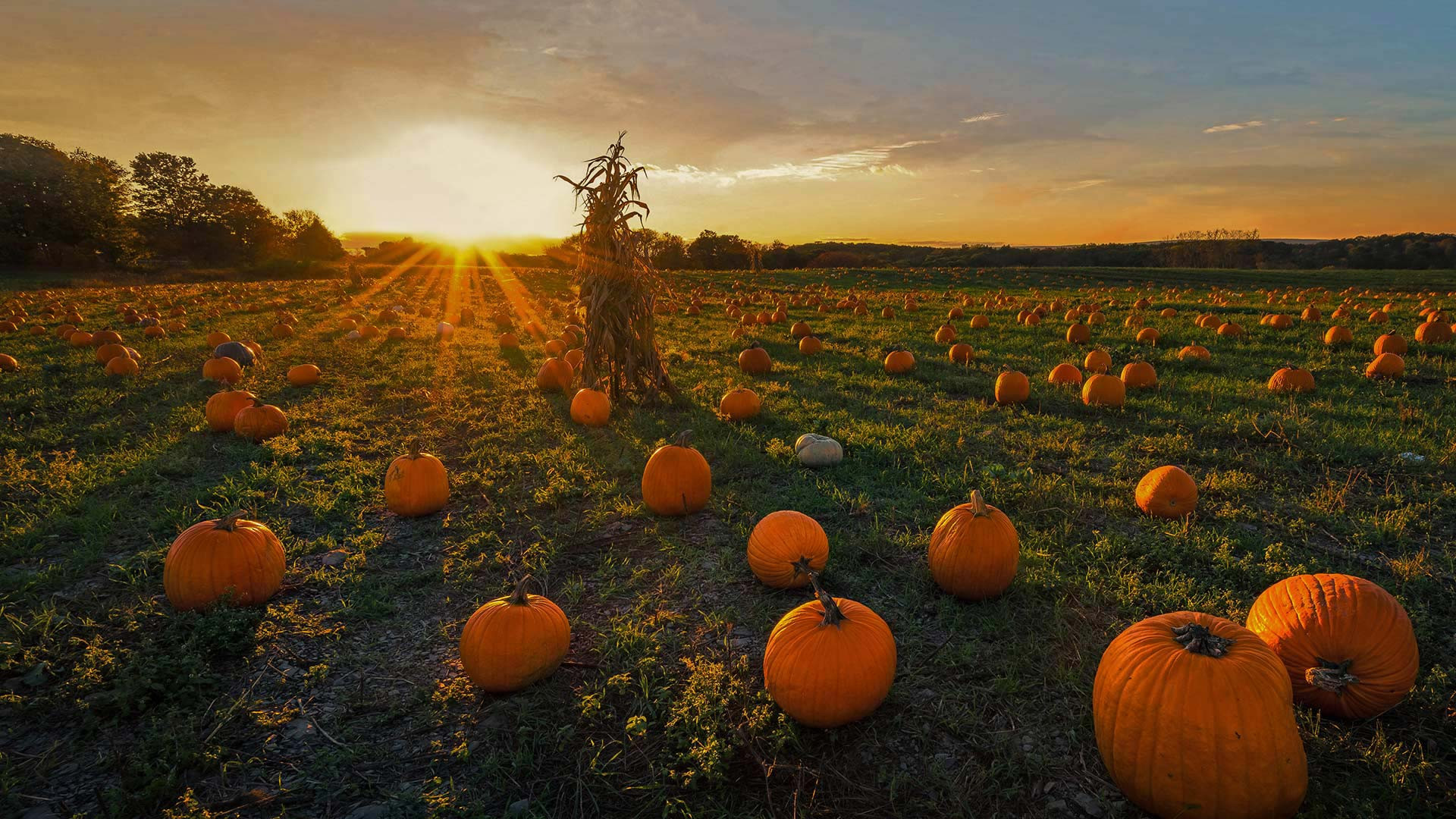
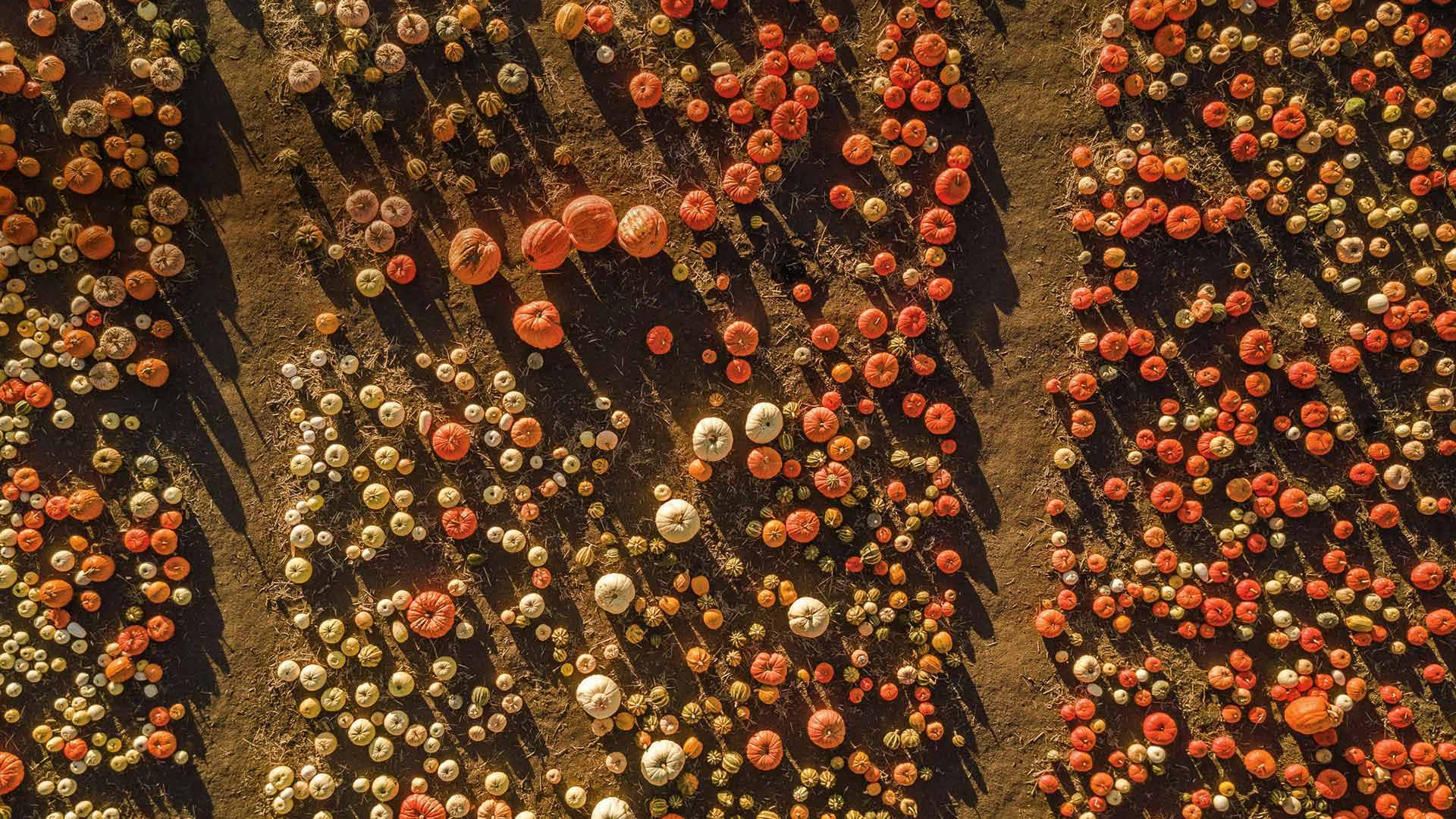
The giant panda is an arboreal bear endemic to the Qinling Mountains, and to the hilly province of Sichuan, of China, where there are forests of bamboo, which it eats, notwithstanding that it has the digestive system of a carnivore. All told there are only about 3,000 giant pandas in the wild.



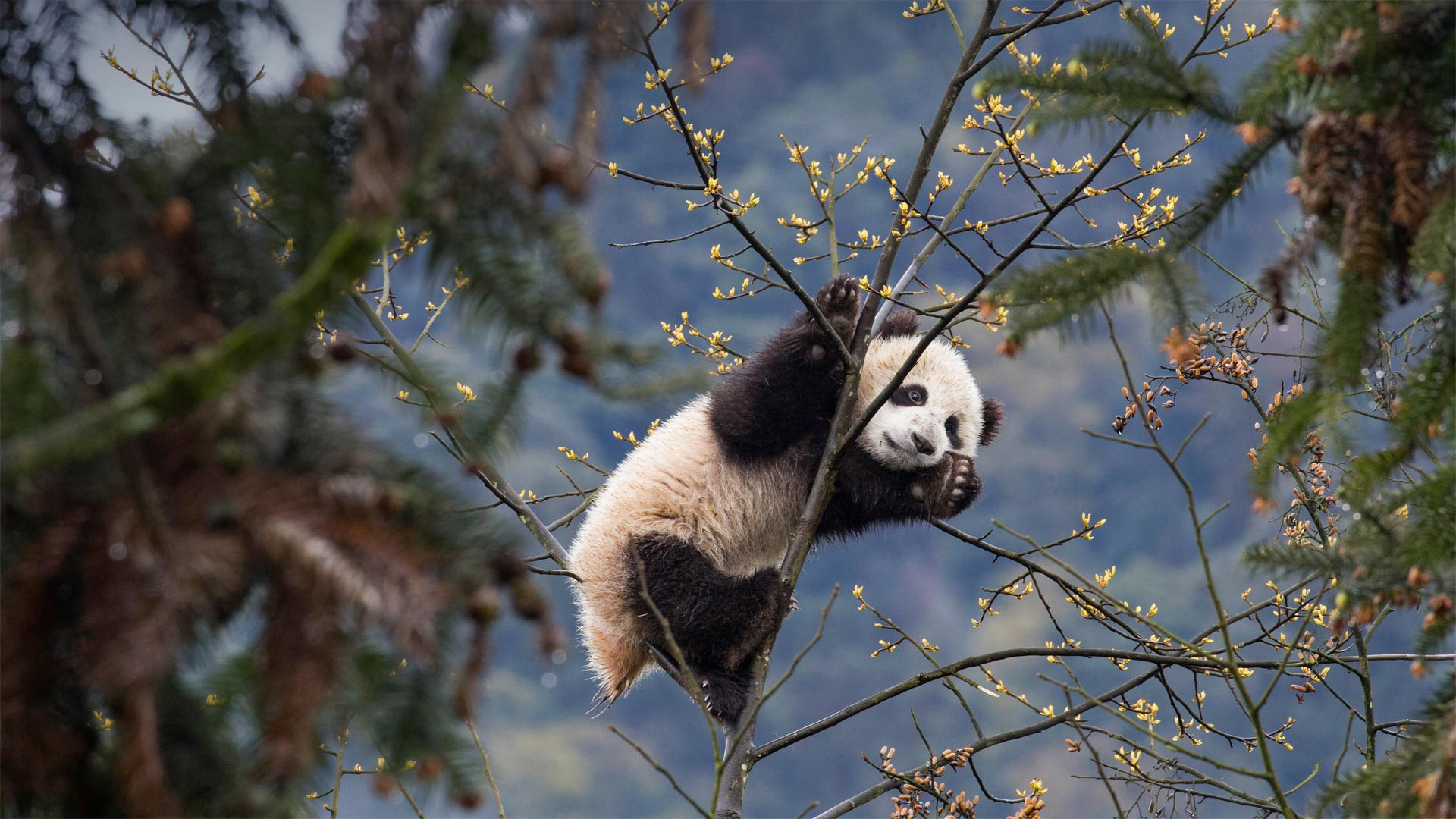

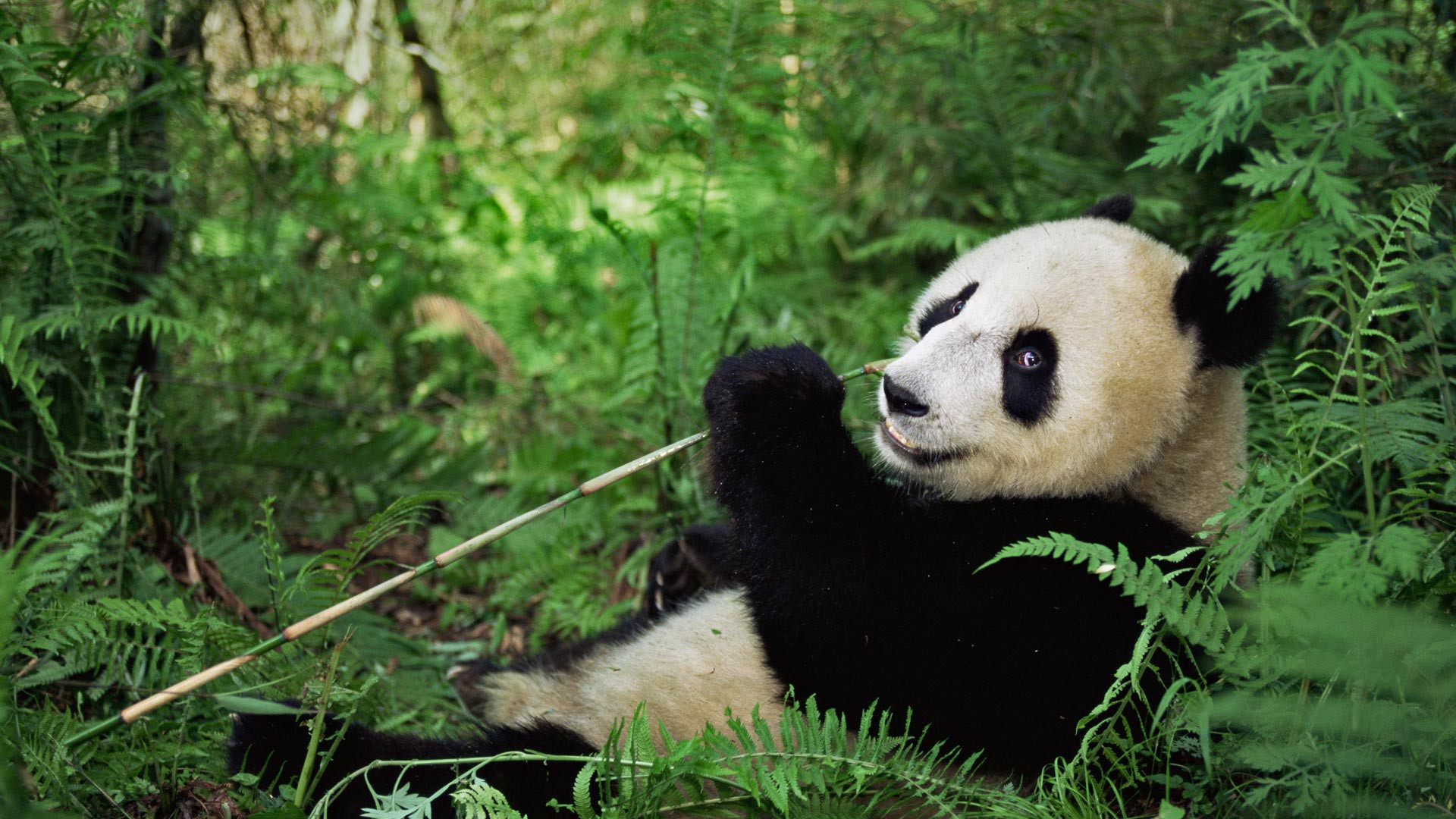

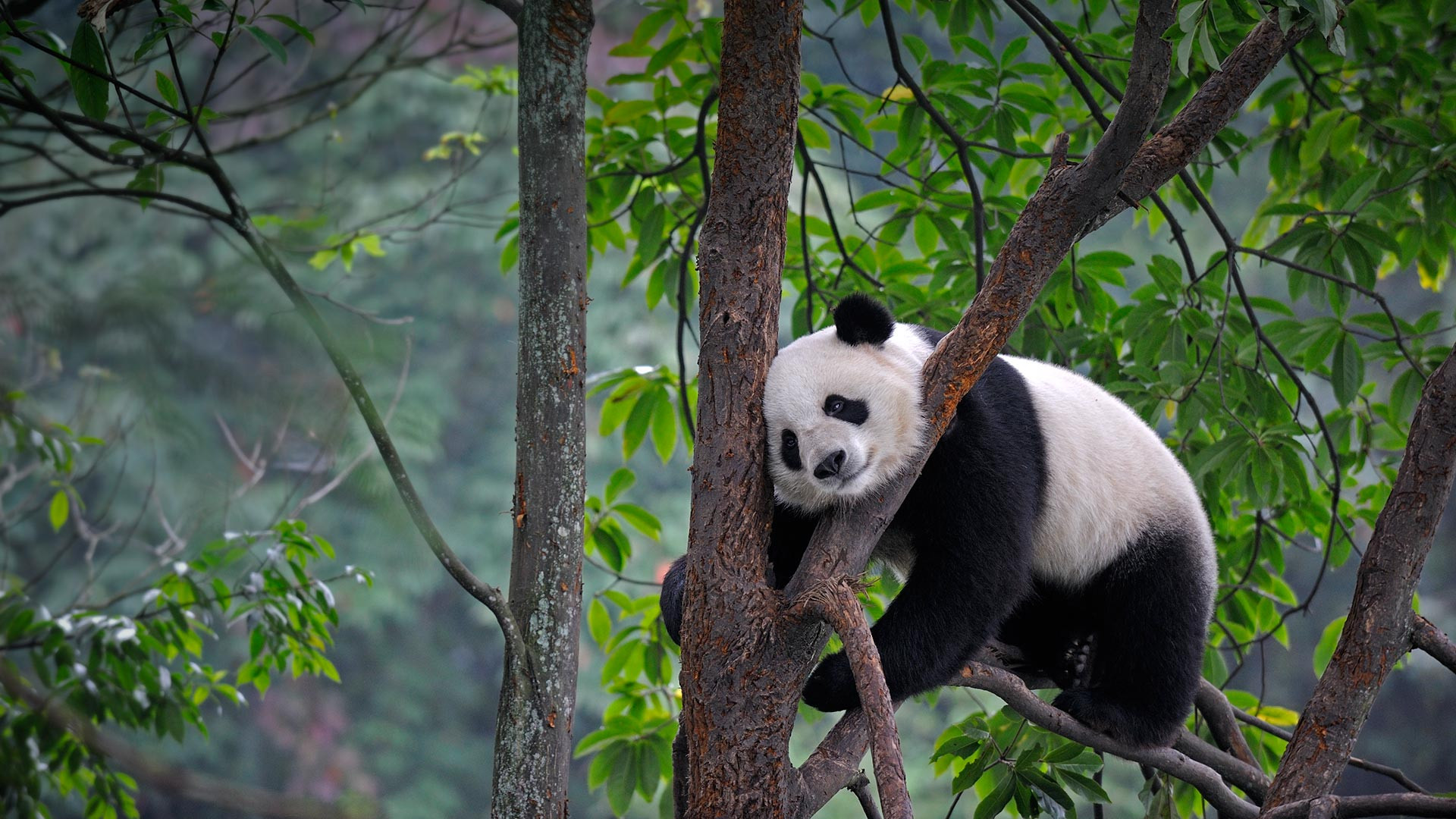
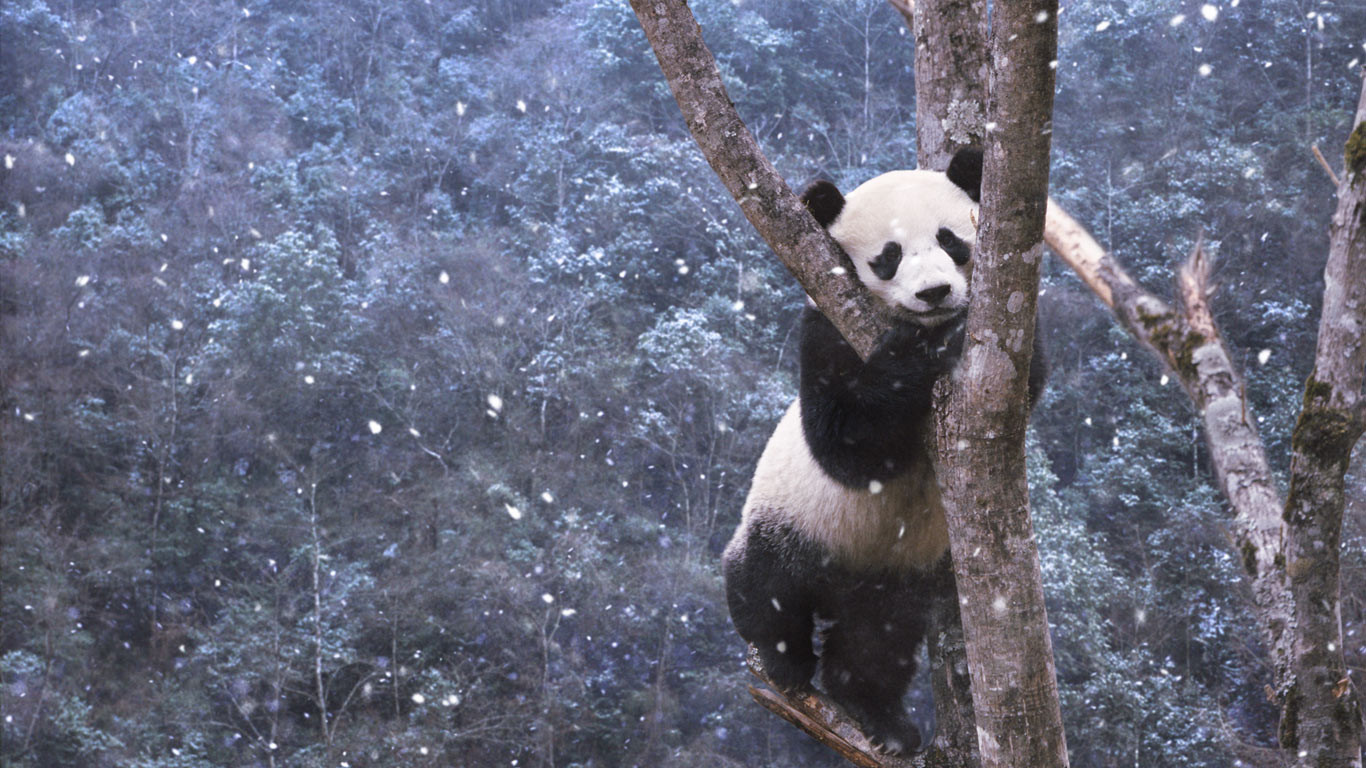
The endangered green sea turtle can be found throughout tropical and subtropical waters. Interestingly, the common name refers to the usually green fat found beneath its carapace, due to its diet strictly being seagrass, and not to the colour of its carapace, which is olive to black.

